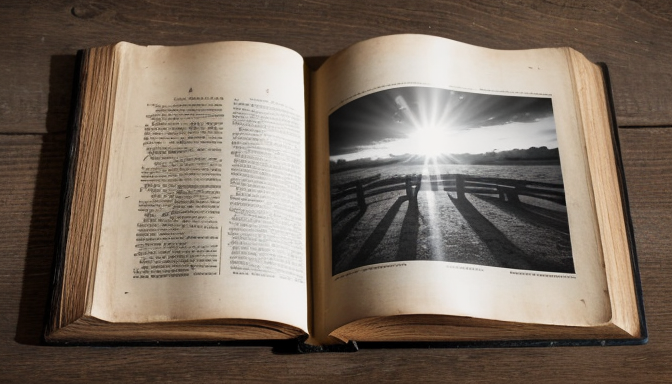Have you ever paused to think about how literary movements shape our world? It’s fascinating how the words penned by authors can ripple through time, influencing not just the pages of books but also the very fabric of our society. From the fervent cries of Romanticism to the stark realities depicted by Realism, each movement has left an indelible mark on our cultural expressions. These literary waves have shaped our values, beliefs, and even our philosophies, creating a rich tapestry that defines our collective consciousness.
Take a moment to consider the power of storytelling. It’s more than just entertainment; it’s a reflection of our hopes, fears, and dreams. For instance, the Romantic movement, with its emphasis on emotion and nature, encouraged individuals to embrace their feelings and appreciate the beauty around them. This push towards individualism still resonates today, fostering a culture that values personal expression and creativity.
On the flip side, Realism emerged as a counterpoint, shedding light on the everyday struggles of life. It urged readers to confront the harsh realities of society, paving the way for literature that engages with social justice and human rights. This movement didn’t just stop at the page; it ignited conversations that led to real change, proving that literature can be a powerful catalyst for social awareness.
The Role of Romanticism in Shaping Modern Ideals
Romanticism, which blossomed in the late 18th and early 19th centuries, was not just a literary movement; it was a revolution in thought and feeling. This era emphasized the importance of emotion and individualism, challenging the cold rationality of the Enlightenment. Imagine walking through a lush forest, feeling the breeze on your face, and realizing that this emotional connection to nature is a gift from the Romantic poets. They taught us to appreciate the beauty around us and to seek personal expression in our lives.
At its core, Romanticism celebrated the individual and the unique experiences that shape our identities. Think about how modern ideals of self-expression—whether through art, fashion, or lifestyle choices—are deeply rooted in this movement. The emphasis on authenticity and personal storytelling can be traced back to the Romantic belief that every person has a story worth telling. This idea has permeated various aspects of culture, from literature to social media, where individuals share their lives with the world.
Moreover, Romanticism’s profound appreciation for nature has sparked an enduring environmental consciousness. Today, as we face climate change and ecological crises, the Romantic ideal of connecting with the natural world reminds us of our responsibility to protect it. In essence, the legacy of Romanticism is alive and well, influencing our values and shaping our modern ideals in ways we may not even realize.

The Influence of Realism on Social Awareness
Realism, emerging in the mid-19th century, was like a breath of fresh air in the literary world. It stepped in, waving goodbye to the dreamy escapades of Romanticism and saying, “Hey, let’s talk about what’s really happening!” This movement was all about depicting everyday life and addressing the gritty realities that people faced. Imagine walking through a bustling city and noticing the struggles of the working class—their stories became the heart and soul of Realist literature.
One of the most significant impacts of Realism was its ability to shine a spotlight on social issues that were often brushed under the rug. Authors like Gustave Flaubert and Leo Tolstoy didn’t just write; they opened our eyes to the inequities and hardships of their time. They made readers confront uncomfortable truths about poverty, class disparity, and moral dilemmas. Through their vivid portrayals, they sparked conversations that resonated beyond the pages, influencing public opinion and even policy changes.
Moreover, Realism paved the way for modern literature’s engagement with social justice and human rights. It encouraged writers to delve into the complexities of human experience, creating a bridge between literature and activism. As readers, we were invited to not only witness these struggles but to empathize with them, making us more aware of our surroundings. Isn’t it fascinating how a literary movement can weave itself into the very fabric of societal change?
Frequently Asked Questions
- How have literary movements influenced modern culture?
Literary movements like Romanticism and Realism have profoundly shaped modern culture by altering our values and beliefs. For instance, Romanticism emphasized emotion and individualism, which encouraged personal expression that we still see today. Realism, on the other hand, highlighted everyday life and social issues, paving the way for contemporary literature that addresses social justice.
- What is the significance of Romanticism in today’s society?
Romanticism plays a crucial role in today’s society by promoting a deep appreciation for nature and personal expression. It encourages us to embrace our feelings and individuality, reminding us that our emotions are valid and worthy of exploration.
- How does Realism contribute to social awareness?
Realism contributes to social awareness by shedding light on the struggles of everyday life. This movement has inspired modern writers to engage with pressing social issues, making literature a powerful tool for advocacy and change.